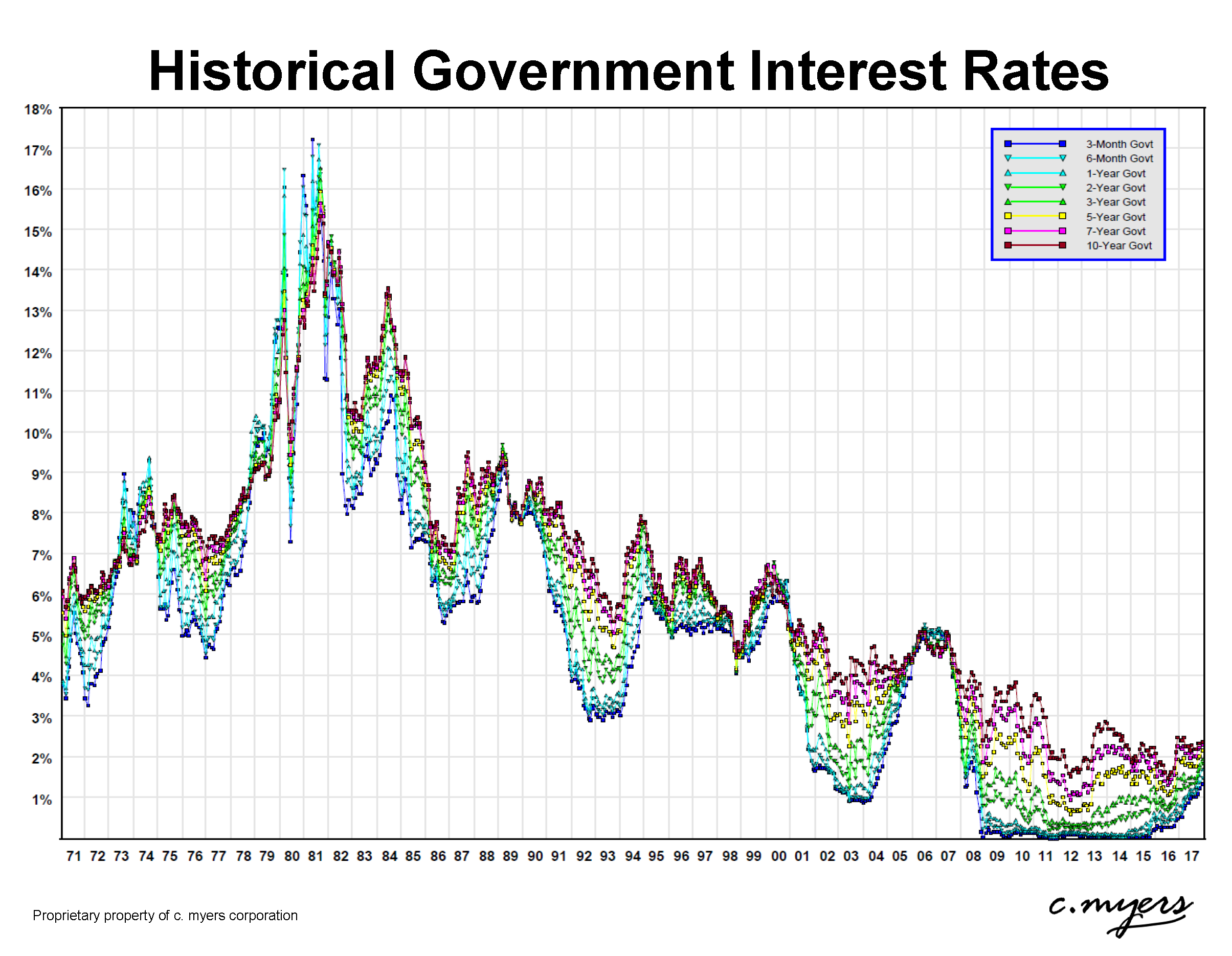What Should We Do About Interest Rate Risk? First, Don’t Panic.
May 30, 2018
The following blog post was written by c. myers and originally published by CUES on May 17, 2018.
 For the last 10 years, credit unions have dutifully modeled, monitored, and made decisions to keep interest rate risk under control. And interest rates didn’t move. Looking back as far as the early 1970s, rates have never held steady for this long before, but they’re moving now. Combine that reality with the fact that many people in management were not in decision-making positions the last time interest rates rose, making this a new experience for many. Despite the Fed’s decision to keep rates the same during its May 2018 meeting, there is still broad agreement in the market that rates will continue to rise. The question is, What should be done?
For the last 10 years, credit unions have dutifully modeled, monitored, and made decisions to keep interest rate risk under control. And interest rates didn’t move. Looking back as far as the early 1970s, rates have never held steady for this long before, but they’re moving now. Combine that reality with the fact that many people in management were not in decision-making positions the last time interest rates rose, making this a new experience for many. Despite the Fed’s decision to keep rates the same during its May 2018 meeting, there is still broad agreement in the market that rates will continue to rise. The question is, What should be done?
First, don’t panic. Interest rate risk isn’t bad; it’s simply a part of doing business as a financial institution. It’s part of the continuous balancing act between yield today and risk tomorrow. And it’s a lot like credit risk – while you may wish for no loan losses, you’ve consciously taken on the risk in exchange for higher yields, and accept that some losses will occur.
The alternative to interest rate risk isn’t great either. Structuring a balance sheet with no interest rate risk would typically result in unacceptably low profitability if rates didn’t rise. Taking a more philosophical view may help with perspective – it’s one-sided to lament the fact that loans and investments made when rates were lower are hurting values and profitability, now that rates have risen. The benefits of putting them on the books in the first place must be recognized, too.
Take the example of an investment that is now valued at a loss because rates have risen. It’s important to keep a few things in mind:
- If the money invested had been kept in overnights instead, how much less would the credit union have earned up until this point? This represents the reward the credit union received in exchange for the interest rate risk
- For most credit union investments, the loss is only realized if the investment is sold. If the investment is kept until it matures, no loss is realized. However, the earnings from that investment will be lower than what could be earned on a similar investment made in today’s higher rate environment
The fact that an investment is valued at a loss is not, on its own, a reason to sell. Depending on a host of factors, such as strategy, the need for liquidity, alternative opportunities, and decision-makers’ beliefs in where rates are heading, it may be best to keep or sell the investment. Before deciding, think through the following:
- If the investment is sold at a loss and the funds are reinvested or loaned out at a higher rate, how long will it take before the difference in earnings on the new loan or investment outweighs the loss?
- Consider intangible benefits of alternative strategic opportunities, such as serving members through loans
- Let the credit union’s strategy help guide decisions to sell when liquidity is needed for lending strategy, capital projects, or to adjust overall interest rate risk, for example
- When done for the right reasons, selling at a loss does not mean the investment was a failure
Of course, loans can be sold, too. The decision drivers are similar to those for investments. One notable difference is that if loan servicing is not retained, it could create reputation risk for the credit union.
What should be done about interest rate risk? Gain a good understanding of what’s happening and why. Help other stakeholders understand. Finally, identify and quantify options and trigger points to ensure that you can balance the reality of interest rate risk with strategic opportunities.


